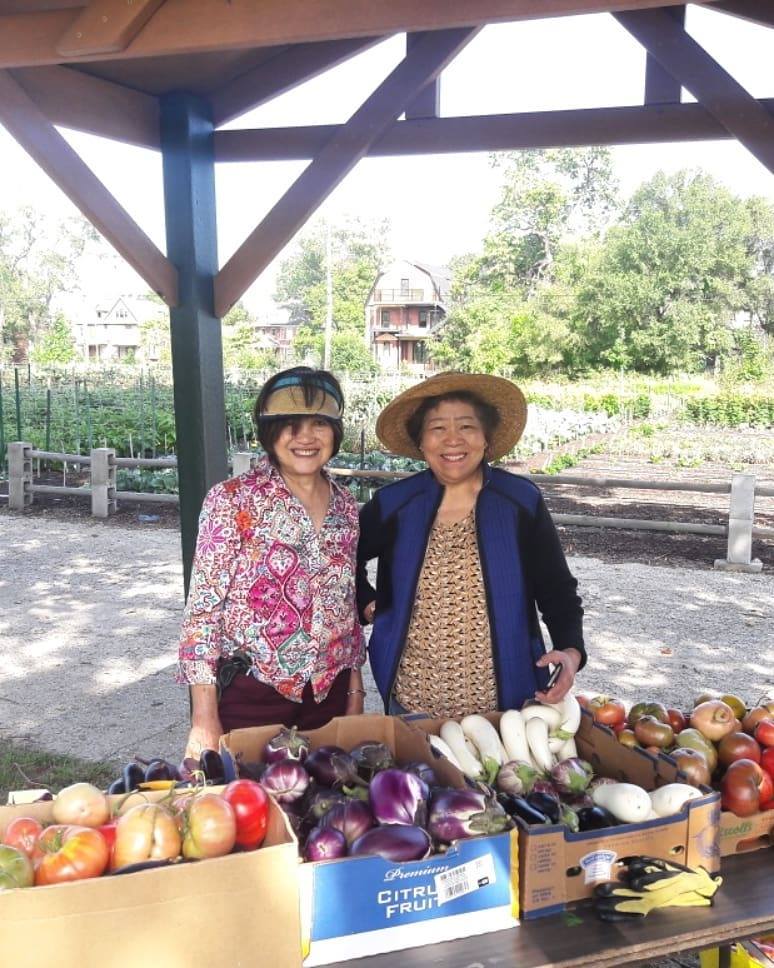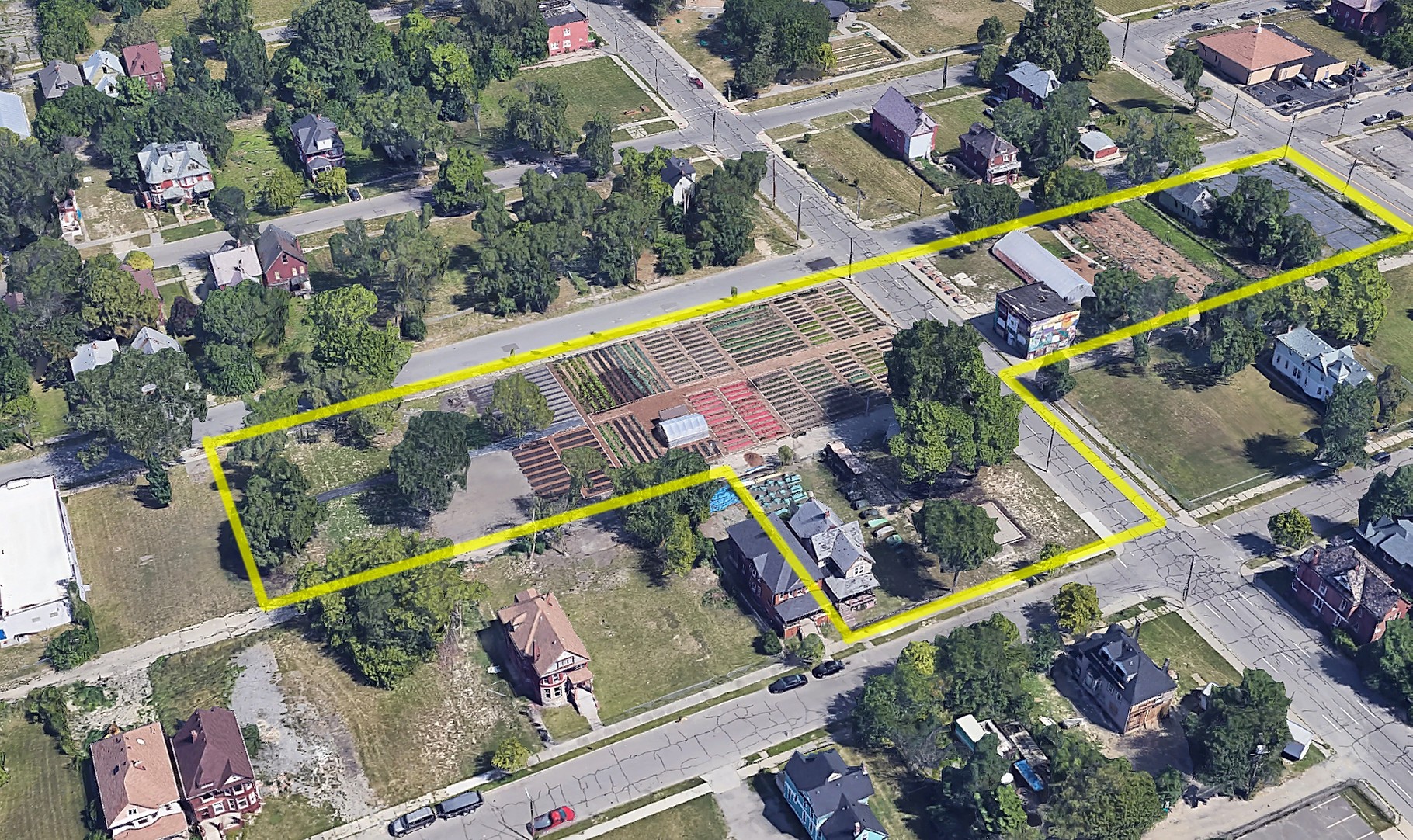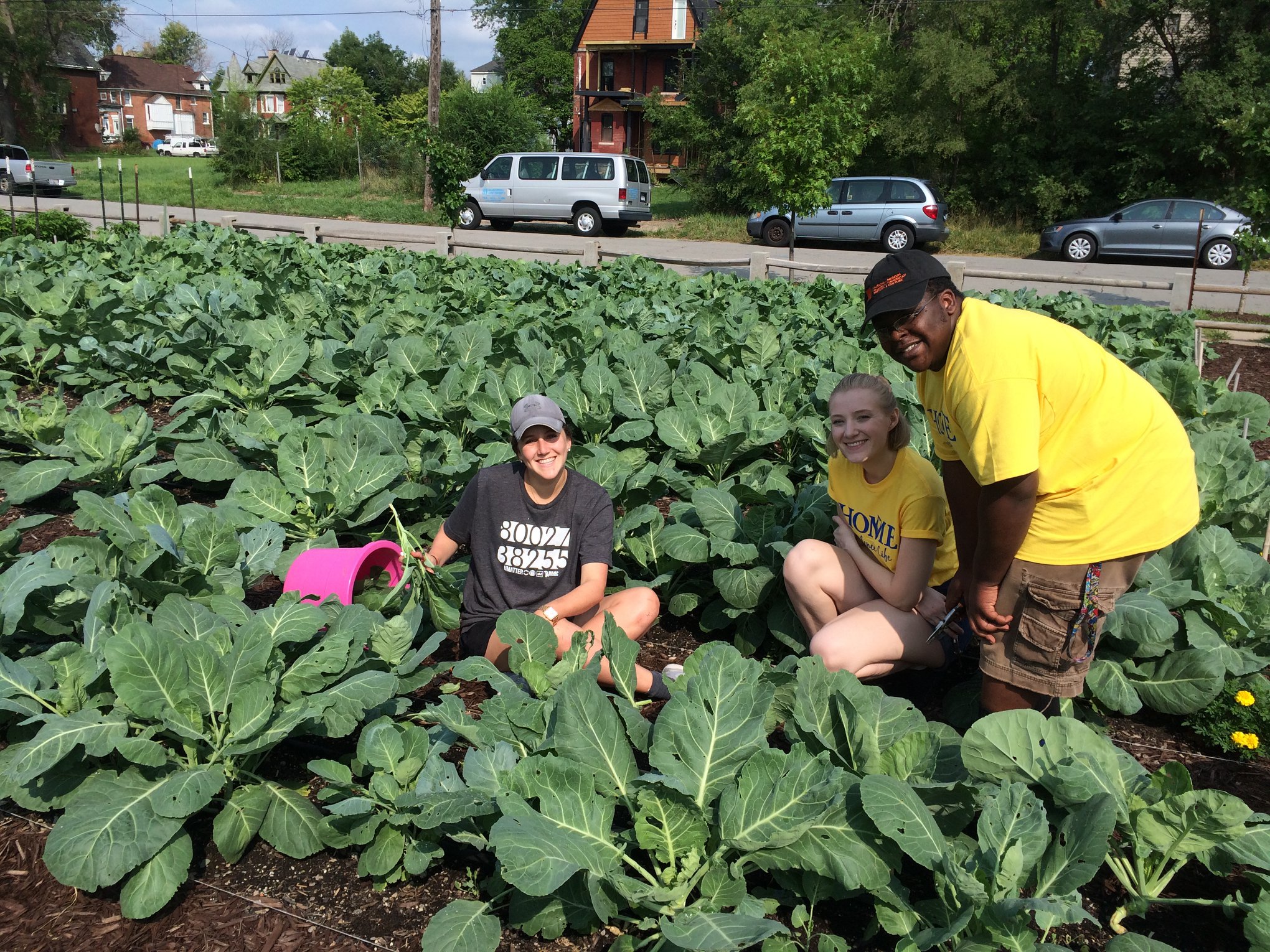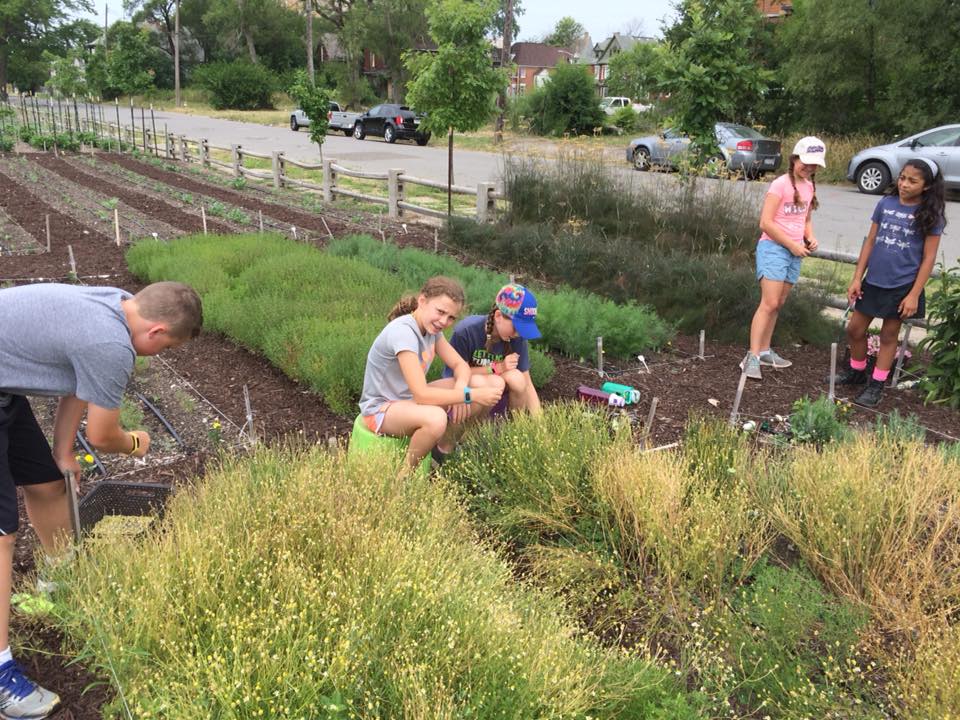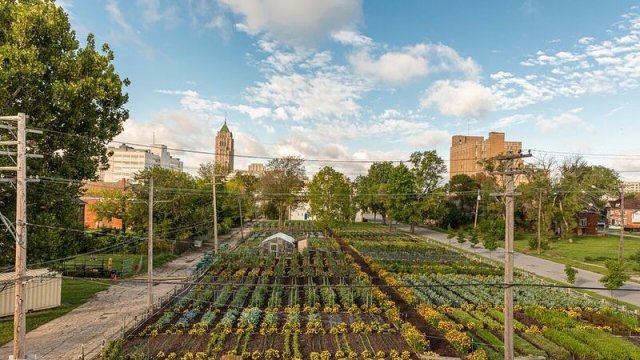
- Better Society -
- 5mins -
- 719 views
How this “agrihood” is revitalising Detroit
The Michigan Urban Farming Initiative is the first sustainable urban “agrihood” in Detroit and could serve as a model for future urban development.
Michigan Urban Farming Initiative: empowering urban communities
The Michigan Urban Farming Initiative is based in Detroit’s North End community. Their stated mission is to use urban agriculture as a platform to promote education, sustainability, and community in an effort to empower urban communities, solve many social problems facing Detroit, and potentially develop a broader model for redevelopment for other urban communities.
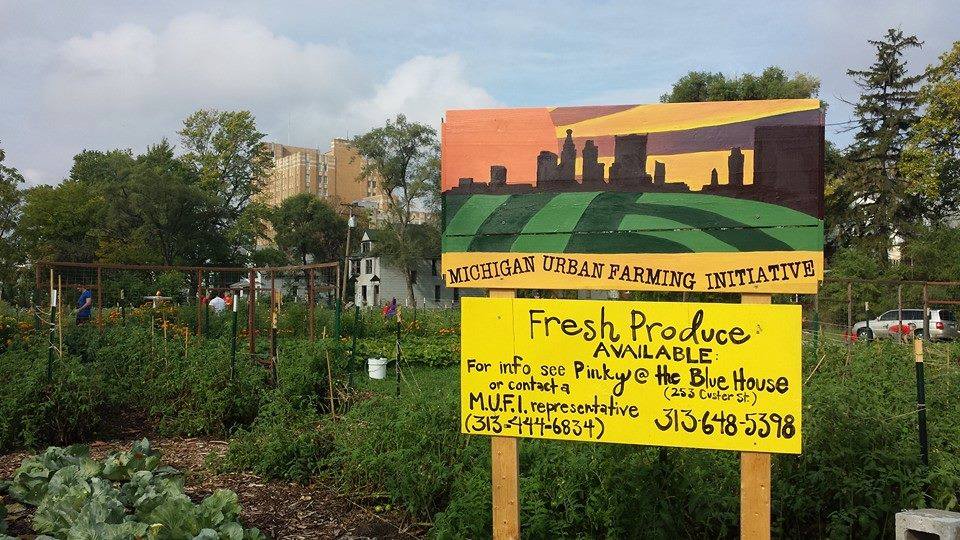
Could fresh, healthy, affordable food be the future of urban neighbourhood development?
The first sustainable urban “agrihood”, which debuted in Detroit, is the project of the Michigan Urban Farming Initiative — an all-volunteer nonprofit, which seeks to empower urban communities using sustainable agriculture.
The three-acre development has vacant land, along with occupied and abandoned homes centered around a two-acre urban garden, with more than 300 organic vegetable varieties, like lettuce, kale, and carrots, as well as a 200-tree fruit orchard, with apples, pears, plums, and cherries, a children’s sensory garden, and more. According to a spokesperson for the Michigan Urban Farming Initiative, all the vegetables are grown using organic practices, and the only fertiliser the use on the farm is vermicompost (liquefied worm poop).
The nonprofit is also working on other projects that go beyond farming, including:
- Turning a long-vacant building into a community resource center, which will offer educational programs, event and meeting space for the neighborhood, a nonprofit incubator, and two commercial kitchens
- Developing a healthy food cafe, and
- Restoring a home into student intern housing and an off-grid shipping container.
Other projects to make the place more sustainable include:
- Installing solar panels,
- Converting a basement into a water harvesting cistern that will automatically irrigate the garden
- A public composting toilet, and
- A retention pond made from the foundation of a blighted home to supply the farm with water.
Source: FoodRevolution.org
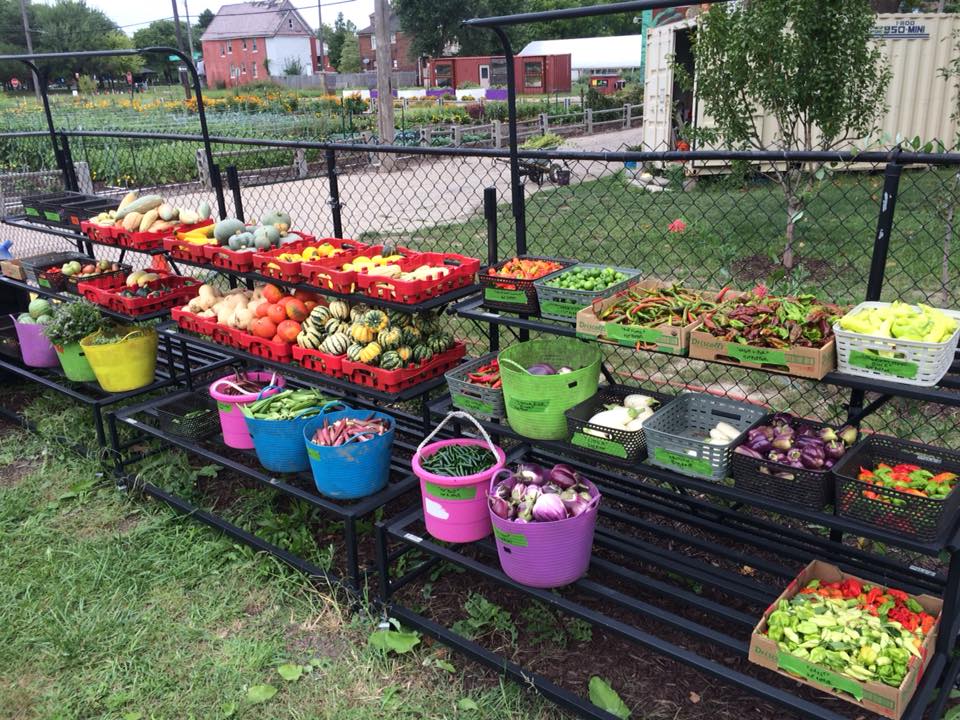
Agrihoods can help tackle food insecurity and other community problems
The concept of agrihoods isn’t new —the Urban Land Institute estimated that about 200 agrihoods had been or were under construction across the U.S. — but this agrihood is unique because it’s the first truly urban agrihood. It plans to operate in a sustainable way, and is more accessible than most other agrihoods.
Agrihoods, also called agritopias or community-supported development, are an exciting concept because they create a remarkable improvement to the dominant food system.
They help tackle food insecurity and other community problems. They make it easy for people in low-income communities to get fresh, healthy food. And they give people a connection with the food they eat, the earth, and each other.
Perhaps other communities will look to this agrihood in Detroit as a model to increase healthy, local food and to solve community problems, like hunger and access to fresh food — all while giving people a greater sense of community and happiness, creating more sustainability for cities, and improving our food system.
You can check out The Michigan Urban Farming Initiative on Facebook or Instagram for more photos, and lots more information can be found on their website.
Source: FoodRevolution.org
